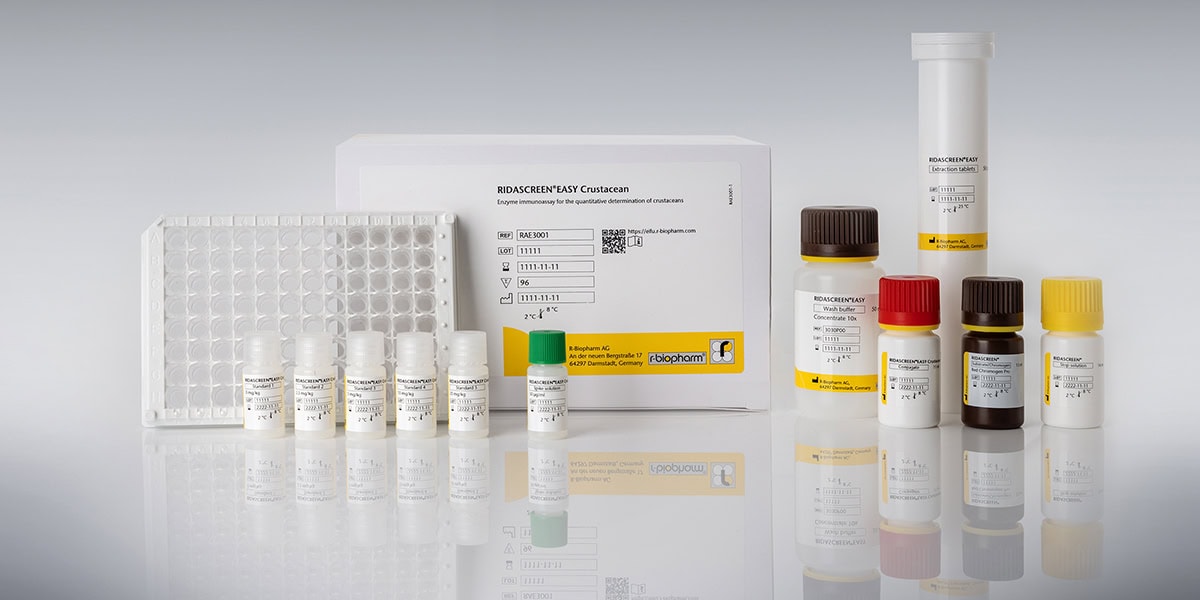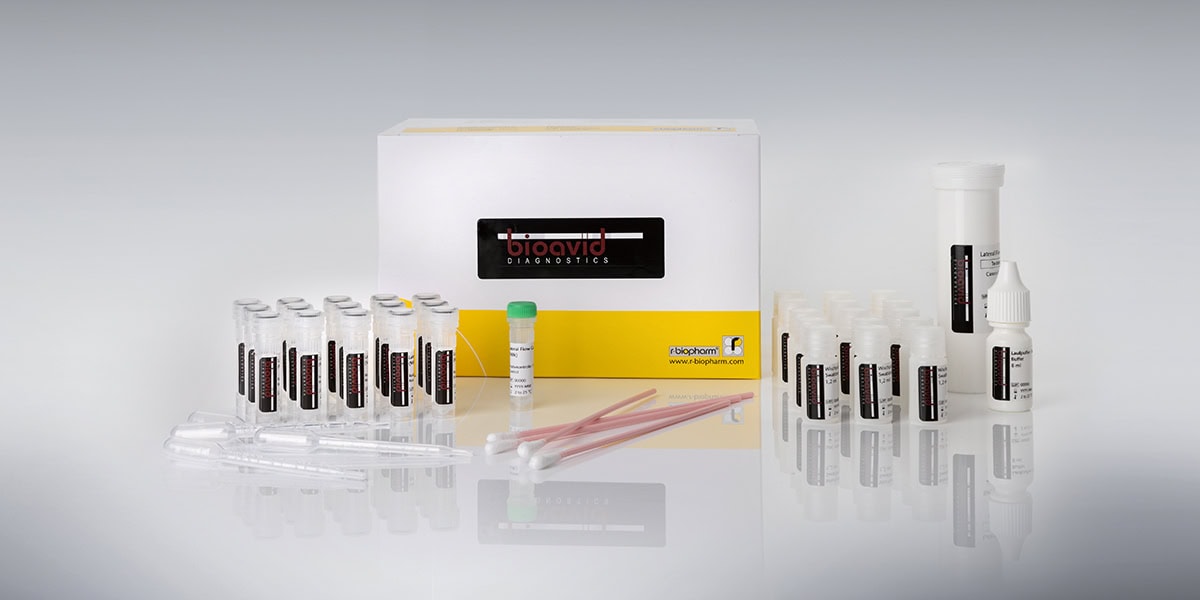
Recent news in Food & Feed Analysis
- Home
- /
- PCR in allergen analysis:...
PCR in allergen analysis: a controversial issue

In order to protect allergics, allergenic ingredients must be labelled. When testing for allergens in food, most laboratories use immunological methods such as ELISA. The use of PCR in allergen analysis is rather controversial – nevertheless, it should definitely play a central role in your allergen management. Here’s why.
Food allergies are a type of food intolerance where specific substances trigger an immunological reaction. The allergic reaction is caused by proteins. When testing food for allergens, immunological detection methods which target the particular protein, are an obvious option. Moreover, immunological methods are well-established in allergen analysis and are still considered as the gold standard. However, according to EU Directive (1169/2011), food producers must label the ingredient, and not the specific allergenic protein. This means that allergen detection methods do not have to target the protein – other analytical methods such as a DNA analysis can also be applied. Only for gluten, the use of an ELISA test (R5-Mendez method) is recommended according to Codex Alimentarius.
PCR principle
The polymerase chain reaction (PCR) is a molecular biological method that involves duplicating and analyzing of specific DNA sequences. For more information check out our video. PCR allows determining whether a specific animal or plant DNA is present in a food product and is therefore often used for the identification of animal species as well as for the detection of bacteria, viruses and genetically modified organisms. https://www.youtube.com/watch?v=C6pHZXFXq1cIn allergen analysis, however, PCR is controversial. The major point of criticism is the fact that PCR is only an indirect indicator of the allergenic potential of a food product: It is conceivable that a (processed) food product contains little or no DNA, but still a large amount of allergenic protein.
Advantages of PCR
Despite this objection, PCR is suitable for allergen analysis, and in some cases, it is even superior to the established ELISA method – particularly with regard to specificity and multiplexing.
| PCR | ELISA | |
|---|---|---|
| Detection of | DNA | Protein |
| Sensitivity | High to very high; matrix effects are possible | High to very high; matrix effects are possible |
| Specificity | Very high | Medium; cross-reactions are possible |
| Sample preparation | Standardized | Not standardized |
| Test procedure | Very efficient when performing multiple tests; rather complex and expensive for single testing | Simple and inexpensive |
| Test result | Qualitative; quantitative evaluation possible using a further conversion factor | Quantitative |
| Automation | Fully automatable | Partially automatable |
| Multiplex analyses | Possible (3 parameters simultaneously) | Not possible |
| Analysis of processed samples | Possible as long as the DNA remains intact | Possible as long as the targeted protein remains intact |
| Time requirement | 2 - 3 hours | 0.5 - 2 hours |
Limitations of PCR in allergen analysis
PCR is thus an excellent complement to ELISA tests, in particular for confirmatory tests or for the detection of parameters such as celery or fish where ELISA tests struggle with high cross-reactivity. Yet, PCR does have its limits: The detection of milk and egg is not possible using PCR since the analysis would only detect cow or chicken DNA. And even though DNA is a highly stable molecule, it does not survive every process: Highly processed foods such as vegetable oils, gelatin, lecithin or starch contain little or no DNA and are a challenge for PCR tests. Altogether, all available methods have their pros and cons and the decision always depends on the specific application.



